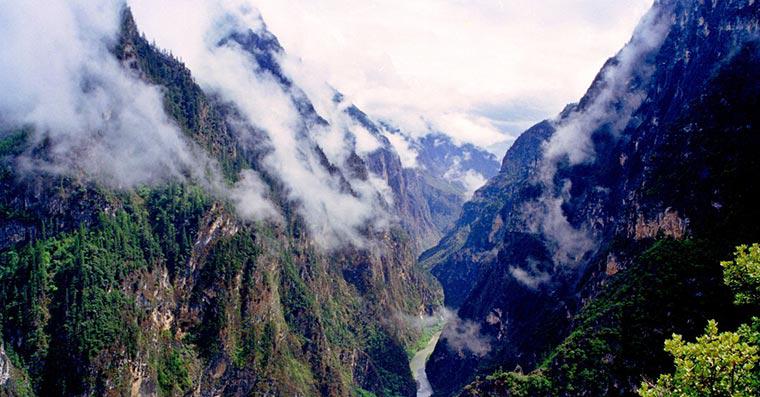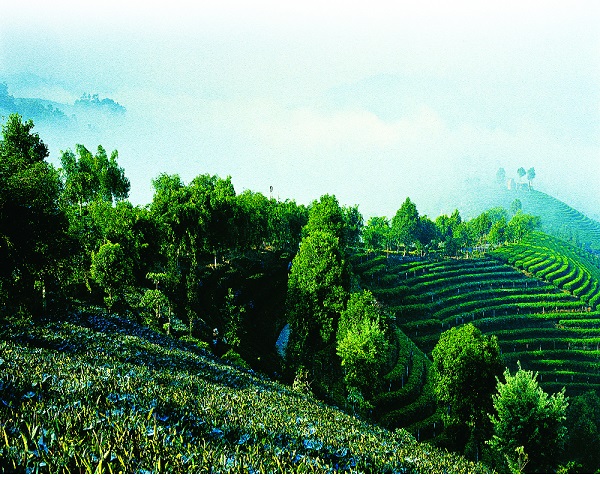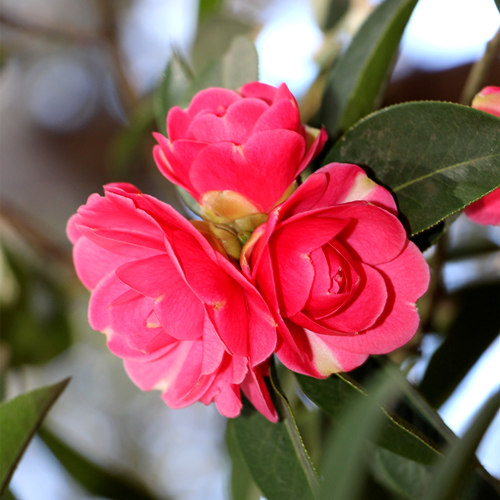
Detailed Introduction to Shuangjiang County of Lincang
Shuangjiang County, officially known as Shuangjiang Lahu, Va and Dai Autonomous County (双江拉祜佤族自治县), is an important administrative region under Lincang City in southwestern Yunnan Province, China. Renowned for its rich natural landscapes, diverse ethnic cultures, and strategic cross-border location, Shuangjiang offers a unique blend of traditional rural charm and emerging modern development. This detailed introduction covers its geography, historical background, economy, cultural heritage, tourist attractions, transportation, and future development prospects.
Geographical Location and Climate
Location:
Shuangjiang County is located in the southwestern part of Yunnan Province, under the administration of Lincang City. It lies near the border with Myanmar, which not only influences its economic and cultural ties but also adds to its scenic allure. The county covers an area of approximately 2,500–3,000 square kilometers (exact figures may vary by source).
Terrain and Environment:
Diverse Landscape: The county features rugged mountains, deep valleys, and rolling hills. Lush forests and meandering rivers provide a picturesque setting that is typical of southwestern Yunnan.
Water Resources: Several rivers traverse the region, contributing to fertile agricultural lands and supporting rich biodiversity.
Climate:
Subtropical Monsoon Climate: Shuangjiang experiences a mild subtropical monsoon climate with distinct wet and dry seasons.
Temperature and Rainfall: Average annual temperatures range between 14°C and 22°C, with the summer monsoon delivering ample rainfall to nourish its natural ecosystems. The climate is ideal for the cultivation of tea, tropical crops, and other agricultural products.
Historical Background
Shuangjiang County has a long and diverse history shaped by its strategic location and the convergence of various ethnic cultures:
Ancient Trade Routes: Historically, Shuangjiang was part of the network of trade routes that linked Yunnan to Southeast Asia and Myanmar. The ancient Tea Horse Road played an essential role in facilitating trade, cultural exchange, and the migration of peoples through the region.
Ethnic Settlement: Over centuries, a variety of ethnic groups—including the Lahu, Va, Dai, and Han—have settled in the area. Their interactions have contributed to a rich cultural mosaic that characterizes Shuangjiang today.
Modern Evolution: With administrative reforms in the mid-20th century, Shuangjiang was established as an autonomous county to recognize and protect the cultural heritage of its Lahu, Va, and Dai populations. Since then, the region has experienced gradual modernization while maintaining strong ties to its historical roots.
Economic Overview
The economy of Shuangjiang County is diverse and primarily driven by agriculture, cross-border trade, eco-tourism, and small-scale industries.
1. Agriculture
Agriculture remains the backbone of Shuangjiang’s economy:
Tea Cultivation: Shuangjiang is part of Yunnan’s famed tea-producing regions, where high-quality teas—often with unique flavors influenced by the local terroir—are cultivated.
Cash Crops: Besides tea, farmers grow tobacco, rubber, and tropical fruits (such as bananas and citrus) that thrive in the county's climate.
Food Crops: Staples like rice, corn, and various vegetables are widely produced, ensuring food security and supporting local markets.
Medicinal Plants: The region also produces traditional medicinal herbs used in Chinese medicine.
2. Cross-Border Trade
Owing to its proximity to Myanmar, Shuangjiang plays an important role in cross-border trade:
Trade Hub: The county is a gateway for the exchange of agricultural products, handicrafts, and raw materials between China and Myanmar, boosting the local economy and promoting cultural exchange.
3. Eco-Tourism and Small Industries
Eco-Tourism: Shuangjiang’s pristine natural environment and ethnic diversity have spurred the growth of eco-tourism. Visitors are attracted to its scenic landscapes, wildlife, and traditional villages.
Local Industries: Small-scale industries, including food processing and artisanal crafts (such as traditional textiles and bamboo products), contribute to economic diversification and provide employment opportunities.
Ethnic and Cultural Heritage
Shuangjiang County is a melting pot of ethnic diversity, which is enshrined in its status as an autonomous county for the Lahu, Va, and Dai peoples. This multi-ethnic blend creates a vibrant cultural landscape.
1. Lahu Culture
Traditions and Festivals: The Lahu people are known for their colorful traditional attire, intricate silver jewelry, and lively festivals celebrating harvests and ancestral rites.
Cultural Arts: Traditional Lahu music, dance, and oral storytelli



